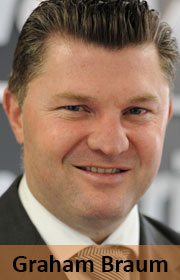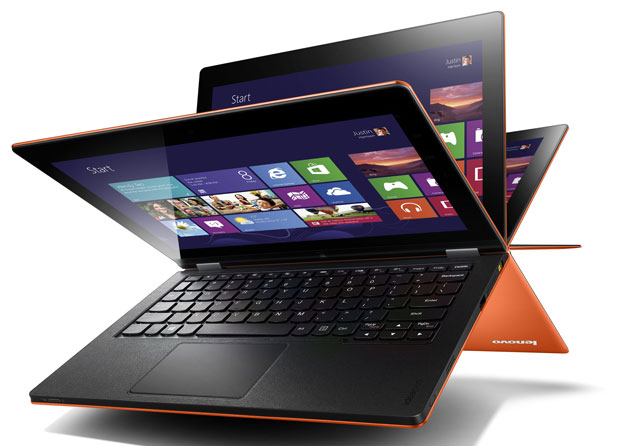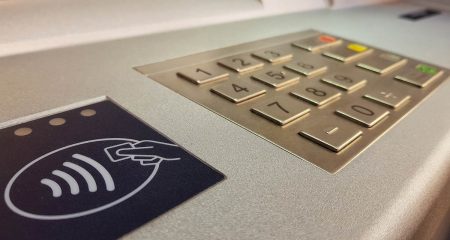 Susan started her new job as a junior attorney at a prestigious law firm today. She was given a company tablet, running Windows 8, to ensure she can work from anywhere.
Susan started her new job as a junior attorney at a prestigious law firm today. She was given a company tablet, running Windows 8, to ensure she can work from anywhere.
Susan has never worked with Windows 8 before. At university, she would often start an assignment on her personal MacBook, which she didn’t like carrying around. Pressed for time, she would save a draft version to a cloud service, and pick up where she left off on her Android smartphone, while waiting to see the doctor.
However, after a few hours exploring the Windows operating system on her work device, she’s soon showing her boss information she found that relates to a case he’s working on. She even shows him a few tricks she picked up along the way.
Susan represents any young executive, student or school-going child in South Africa today. Youngsters are comfortable with, and able to navigate, just about any operating system. They’re accustomed to touch devices, multitasking and doing just about anything on the move. They switch seamlessly between work mode on a laptop, to social mode on a smartphone, without ever slowing to adapt to a different device or operating system between tasks.
Life has more than one mode and technology should, too. The future of computing is in multi-touch, multi-mode devices – single, convertible devices that operate as tablets as well as notebooks, and that can rotate, sometimes up to 360 degrees, to become entertainment hubs, recipe stands or presentation screens. These devices can be controlled using up to 10-point multi-touch points, opening up a variety of different applications in a host of industries.
Convertible, detachable devices will change the way users live, work and play. Technology should adapt to our changing lives, not the other way around. While people have become accustomed to carrying more than one device, the future is one where one device doubles, even triples, to become an all-in-one productivity tool, freeing up arm space and streamlining our technology usage. One device will do everything — a hybrid, if you will — combining hardware and software to produce a solution that addresses all of our unique and varied needs.
Despite reports of slowing PC sales and proclamations of its “death”, the truth is that PC form factors are changing. Usage models are changing, too, and very different devices are fuelling more benefits for end users, allowing them to be more productive.

In October, International Data Corp (IDC) noted that a slight uptick in business volumes contributed to increases in PC shipments. The top three vendors (Lenovo, Hewlett-Packard and Dell), which all have an important presence in the enterprise and public sectors, each saw year-on-year growth during the fourth quarter of 2013. Further, in December, IDC said the emergence of two-in-one devices designed to function in both clamshell and slate configurations is expected to provide some new volume for PC vendors and other parts of the traditional PC ecosystem in the coming years.
The PC is very much alive — it just looks different. While you can do a lot with mobile phones and tablets, they are impractical for some tasks, such as content creation and design work. This is the “PC plus” era — an era in which mobiles, tablets, smart TVs and PCs all have their place at the tech table. While the PC is no longer the only device we use to access the Internet, it is still important. And to play into this importance, it needs to offer new features — including hardware, software, services and content.
The PC is not dying; it’s getting smarter.
- Graham Braum is GM at Lenovo Africa




